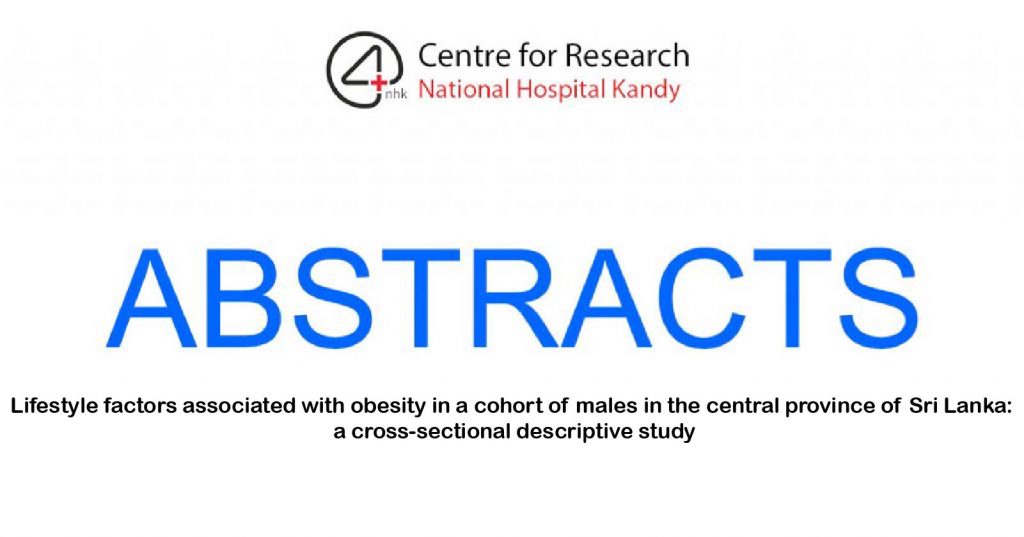This proposed systematic review would compile evidence on the relationship between pesticide exposure and CKDu risk specifically in agricultural worker groups through meta-analysis of observational studies. It can evaluate the strength of association and sources of heterogeneity across different geographical regions and help identify research gaps to drive priorities for future epidemiological research on environmental/occupational contributors to the CKDu epidemic.
Introduction
The paper by Ekanayake et al. examines the prevalence of chronic kidney disease of uncertain etiology (CKDu) among farming communities in Sri Lanka. CKDu is an emerging health threat, especially in tropical agricultural workers, characterized by progressive kidney dysfunction without traditional risk factors. Early detection is key for prevention and management.
Methods Summary
The cross-sectional study sampled paddy, sugarcane, and vegetable farmers (N=1375) and non-farming controls (N=225) in Sri Lanka. Kidney function was assessed using estimated glomerular filtration rate (eGFR) and urinary albumin-creatinine ratio (ACR). CKDu prevalence was 13.6%, 12.5% and 6.7% in paddy, sugarcane and vegetable farmers respectively, significantly higher than non-farmers (2.7%). Agricultural chemical exposure and water contamination were identified as likely risk factors.
Key Results
Paddy and sugarcane farmers showed significantly reduced eGFR compared to non-farmers. CKDu prevalence was over 5 times higher in paddy and sugarcane farmers. CKDu represented 50-73% of overall chronic kidney disease cases in farming groups versus only 25% in non-farmers. Chemical exposure sharply increased CKDu likelihood, especially for sugarcane farming.
Strengths and Limitations
The large, occupation-stratified sample allows insight into CKDu susceptibility across communities. Use of gold-standard kidney function tests and Sri Lankan diagnostic guidelines are strengths. Small CKDu subsample limits risk factor analysis. One-time measures may overestimate disease prevalence.
Conclusions and Implications
The findings indicate farming communities, especially paddy and sugarcane workers, face markedly elevated CKDu risk in Sri Lanka. Longitudinal monitoring and protective policies for agricultural workers are implicated. Overall, the study provides evidence these communities would benefit from heightened clinical surveillance and preventative occupational health measures.
Original Article
Title: Review of “Prevalence of Chronic Kidney Disease of Uncertain Etiology Within Selected Farming Communities in Rural Sri Lanka”
https://scholar.google.com/scholar?as_ylo=2020&q=ckdu+hotspots+in+srilanka&hl=en&as_sdt=0,5
![]()

